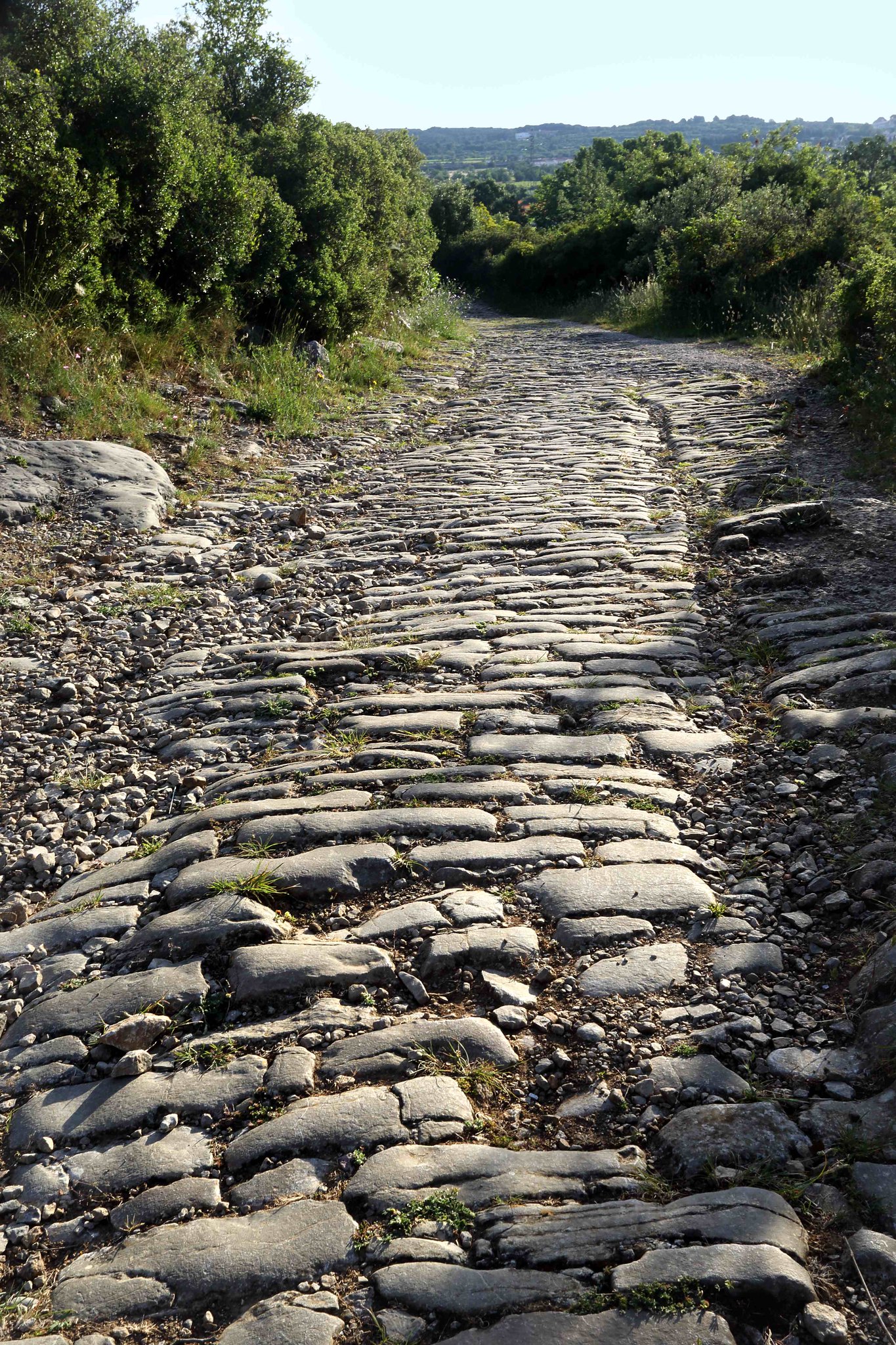It’s been reported in Decanter Magazine, by the Wine Spectator, and around the world from Sweden to Hong Kong.
The Terrasses du Larzac has been approved by the French authorities as a stand-alone appellation. (The name reflects the region’s northerly position inland in the piedmont of the high Larzac plateau, Southern France.)
As the famous French wine critics, Bettane et Desseauve awarded it ‘French Appellation of the Year’ in 2011, the Mondavi family famously battled for a slice of it, and Andrew Jefford described it in 2009 in the pages of the Financial Times as, “some of the greatest vineyard land in the south of France” you’d be forgiven for thinking it already was an appellation.
But for much this time it was a sub-appellation, as part of the (now retired) Coteaux du Languedoc.
As from time to time there are new appellations decreed in France this is not news.
But that Southern France’s newest AOC sits in France’s oldest-known viticultural region – and the birth place of France wine – probably is.
“The first extensive vineyards in France we can be certain about”
As Hugh Johnson (the world’s best-selling wine writer) writes of this area in his authoritative, The Story of Wine:
“These are the first extensive vineyards in France we can be certain about”.
La Pèira: The view to Pic de Vissou (Photo credit- Georges Souche)
More has come to light since his history was published in 1989 (with a new edition in 2004) but further on that later. The announcement means La Peira’s commune of Saint-André-de-Sangonis is now part of two stand-alone AOC’s. The first, held for over half a century, is for the white Clairette du Languedoc AOC decreed in 1948. The second now is for the production of red wine as Terrasses du Larzac.
(On a side note, it’s often overlooked just how recent wine appellations are in France. The first came about in 1936. In fact much to do French wine is comparatively recent. The first estate to bottle its own wine was in 1924 [Mouton Rothschild]. By contrast this is something Coca-Cola has manage since 1886.)
With regard to the history of appellations in France, two villages of the Terrasses du Larzac AOC (Pégairolles-de-l’Escalette and Octon) overlaps with that of Roquefort, France’s oldest and the world’s first appellation (1925). Here the grazing of Lacaune, Manech, and Basco-Béarnaise for the production of Roquefort occurs alongside the growing of Grenache, Syrah, and Mouvedre for Terrasses du Larzac wine.
Nearby: the Discovery of the Oldest Winery in France
Nearby La Peira, in 2007 – and still in the Clairette AOC mentioned above – France’s earliest know winery was discovered. [link: Decanter France’s earliest winery found 2 Jul 2007 – see also The oldest winery in France & La villa de Quintus Iulius Primus ]
The Via Domitia as it passes through Southern France (photo credit Georges Souche)
Founded in 10 AD by Quintus Iulius Primus, it is established near ancient Roman road that ran along the Hérault river , and linked the Via Domitia at Cessero (today’s St. Thibéry) to Luteva (Lodève) and Segodunum (Rodez)
This (as mentioned above) is part of a series of discoveries made since the last publication of Johnston’s book.
As can be seen the image (lower left hand corner) below from a report in 2009 by Stéphane Mauné (Director of research at CNRS) the Roman road that ran from Cessero (St Thibéry) to Segodunum (Rodez) through the Hérault valley and along the Hérault river, features a concentration of early wine growing (and other) settlements.
This make sense as the Cessero/Segodunum road not only runs along a source of fresh water (the Hérault river), but linked also to the great commercial road of the Via Domitia which linked the vineyards to the great wine town of Beziers (then Baeterrae).
First mention of French wine in literature as being of significant merit
And so it may come no surprise to find that the very first mention of French wine in literature as being of significant merit is found in Pliny’s Natural History (AD 77–79) in which the white wines sold at Baeterrae / Beziers nearby are cited as worthy of note (alongside the resinous reds of Vienne):
“When ye are passed once into Fraunce or Gaule, the wine of Beterræ is in chiefe request.”
[CHAP. VI. Pliny’s Natural History: Of kindly wines made of the best Grapes. Trans. PHILEMON HOLLAND 1601]
Map showing concentration of Gallo-Roman sites in the Hérault Valley (S. Mauné 2009)
So perhaps the real news is that this area of the oldest wine region in France, where wine growing began for that country over 2000 years ago, has finally a stand-alone connection to the appellation system of France, yet to celebrate its first century.
As Andrew Jefford wrote of the estate in 2008:
“Languedoc varieties like those used in La Pèira seem to me to be what the stones long for, and it is with them that wine from these old Roman roads can best rival wonderful but overadulated Bordeaux”
Let’s hope they all – stones, wines, roads, and vines – continue to flourish for some time yet.



